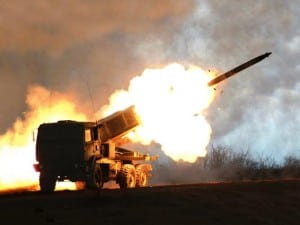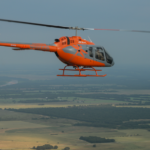
Three Army acquisition programs increased more than $1 billion each in 2017 while a canceled program drew attention for a dramatic decrease in program cost because it has been effectively canceled, according to the Selected Acquisition Report for the year.Because of increased purchase quantities, the Guided Multiple Launch Rocket System (GMLRS), Joint Light Tactical Vehicle (JLTV) and Patriot missile programs jumped a total $14 billion while the Warfighter Information Network-Tactical Increment 2 (WIN-T Inc 2) fell nearly $8 billion, according…

 By
By 










